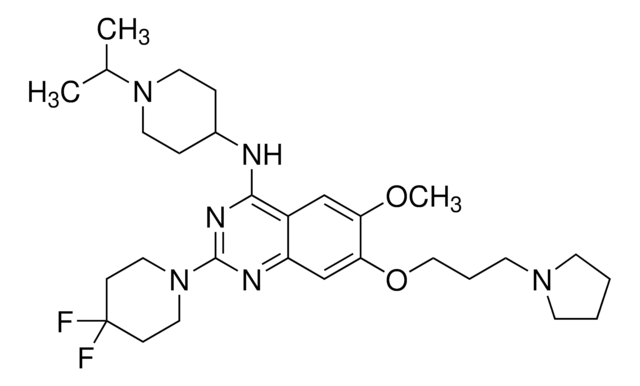Wichtige Dokumente
SML0352
PFI-1
≥98% (HPLC)
Synonym(e):
2-Methoxy-N-(3-methyl-2-oxo-1,2,3,4-tetrahydro-quinazolin-6-yl)-bezenesulfonamide, PF-06405761
About This Item
Empfohlene Produkte
Qualitätsniveau
Assay
≥98% (HPLC)
Form
powder
Farbe
white to beige
Löslichkeit
DMSO: ≥10 mg/mL
Lagertemp.
2-8°C
SMILES String
COc1ccccc1S(=O)(=O)Nc2ccc3NC(=O)N(C)Cc3c2
InChI
1S/C16H17N3O4S/c1-19-10-11-9-12(7-8-13(11)17-16(19)20)18-24(21,22)15-6-4-3-5-14(15)23-2/h3-9,18H,10H2,1-2H3,(H,17,20)
InChIKey
TXZPMHLMPKIUGK-UHFFFAOYSA-N
Anwendung
Biochem./physiol. Wirkung
To learn about other SGC chemical probes for epigenetic targets, visit sigma.com/sgc
Leistungsmerkmale und Vorteile
Sonstige Hinweise
Ähnliches Produkt
Lagerklassenschlüssel
11 - Combustible Solids
WGK
WGK 3
Flammpunkt (°F)
Not applicable
Flammpunkt (°C)
Not applicable
Hier finden Sie alle aktuellen Versionen:
Analysenzertifikate (COA)
Die passende Version wird nicht angezeigt?
Wenn Sie eine bestimmte Version benötigen, können Sie anhand der Lot- oder Chargennummer nach einem spezifischen Zertifikat suchen.
Besitzen Sie dieses Produkt bereits?
In der Dokumentenbibliothek finden Sie die Dokumentation zu den Produkten, die Sie kürzlich erworben haben.
Kunden haben sich ebenfalls angesehen
Unser Team von Wissenschaftlern verfügt über Erfahrung in allen Forschungsbereichen einschließlich Life Science, Materialwissenschaften, chemischer Synthese, Chromatographie, Analytik und vielen mehr..
Setzen Sie sich mit dem technischen Dienst in Verbindung.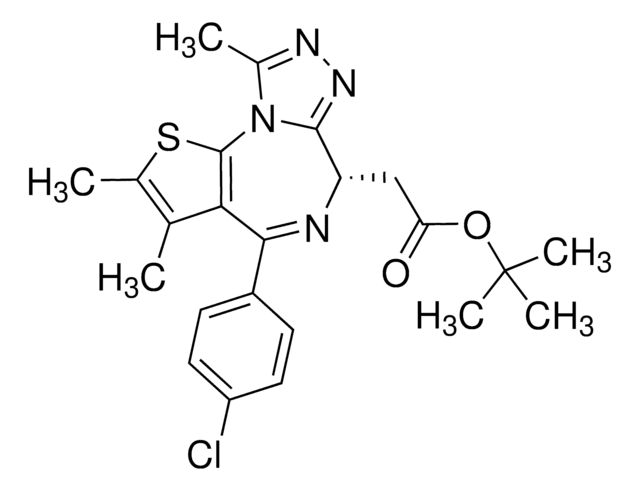
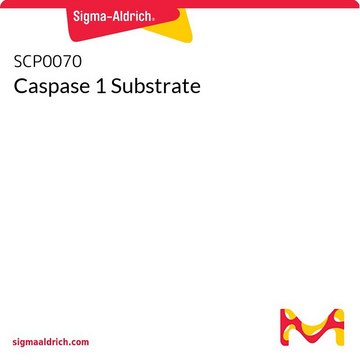
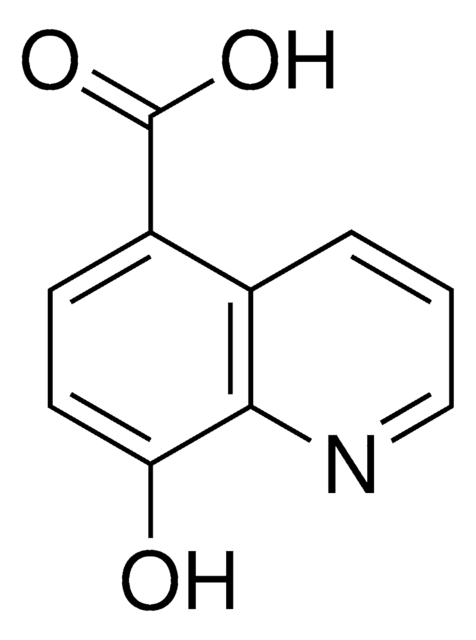
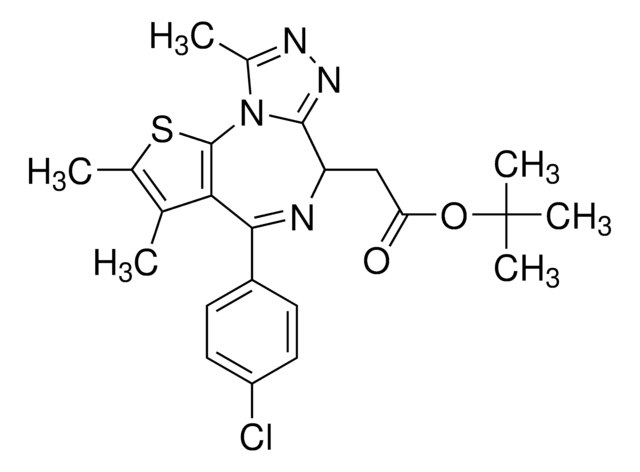
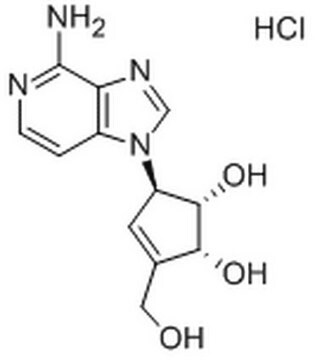
![7-Cyclopentyl-5-(4-phenoxyphenyl)-7H-pyrrolo[2,3‑d]pyrimidin-4-ylamine ≥98% (HPLC)](/deepweb/assets/sigmaaldrich/product/structures/373/481/73848ea9-b1fa-4ae5-8cf0-d135386891ae/640/73848ea9-b1fa-4ae5-8cf0-d135386891ae.png)



